Dry Rot: What Is It, And How Can It Harm Our Class C Motorhomes?
Just say the words, "dry rot" to a Class C Motorhome owner, and you will send chills up their spine. Very seldom will you see this descriptive phrase and the phrase, "low cost" in the same sentence. Almost always if there is wood rot in a motorhome's sub frame, it will put you back at least a couple thousand dollars... if you are lucky.
Repair Rotten Wood

However, this need not be so. Recently, I performed some wood repair caused by water damage on my Class C Motorhome. After completing this wood repair, I got some feedback about the subject of dry rot. It seems that there are various opinions and misconceptions out there on this topic.
Some people are thinking that once this classical rotting condition occurs, it is just a matter of time before all the wood is consumed... supposedly, it will become brittle and turn to dust. Well, this is a yes and no situation and deserves a little bit of discussion.
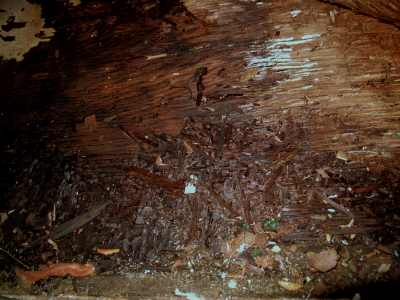
left of my basement... hmmm!
The classical dry rot is a condition that is caused by wood becoming wet, and then drying out... repeatably. This wet/dry syndrome will give you problems by becoming a home to fungus. Once this wood rotting pattern starts, each time the wood gets wet, the fungus grows further into clean wood, causing more damage. This damage may, or may not be repairable. It just depends where it is located, and to what extent it has degraded the original wood's integrity.
In many dry rot situations wood repair or replacement is necessary. However, if you are able to locate the defective water barrier that is letting in moisture and you do this at an early stage, you can probably prevent further rotting of your wood subframe. This is because, when the wood dries out, the fungus will stop growing and go dormant. This means there will be no further damage.
Let's throw in a little background to this subject. First of all, as the discussion above points out, the word "dry" is not a true identifier of this condition.
You cannot have rotten wood if it is kept dry. It must be wet... or has been wet for an extended period some time in the past. Rotten wood issues will appear only when moisture content in the wood reaches 20 percent or more. Also, as an aside, this rotting will not occur in salt water. Our friendly fungus likes fresh water and temperatures between 75°F and 85°F. But, it will grow in temperatures as low as 40°F and as high as 100°F.
rotting condition occurs. The end result is that the fungus will
eat all of the nutriments (cellulose)... this leaves it in a
dried out condition... thus the term dry rot.
Stop This Wood Rot
Class C Motorhome owners can repair a dry rot situation using epoxy... if they catch it at an early stage of growth. If at all possible, boric acid should be used to kill any fungus.
necessary in the majority of cases.
As I mentioned above, another way to help control this problem is to use boric acid. If you can get to the wood, boric acid works as an ideal fungicide against dry rot fungus.
If you do use a boric acid, it is water soluble and will need to be reapplied if it gets wet. So, bottom line, keep your Class C Motorhome dry.

Return To Top Of Page
Leave Dry Rot: What Is It, And How Can It Harm Our Class C Motorhomes? And Return To The "How & Why Information" Getting the Most out of your Motorhome.
YOUR STORIES
Onan AC Generator Wouldn't Start
1995 Tioga Montara
Had a Leak - Ouch!
A Simple Way To Put An Electrical Thermostat On A Small Space Heater
In A Truck Camper!
A Great Destinaton, With An Unexpected Outcome!
INTERNET SALE!!
Now Available From Magellan! - RoadMate RV9145-Lm 7" Touchscreen GPS W/Lifetime Maps Portable Receiver Made For Motorhomes...
With an Internet Price Of Just $249.08 At Camping World!
Including Lifetime Maps!
Test Link
Below: For An Alternative Destination... A Four Mile Hike Around Sugar Pine Reservoir
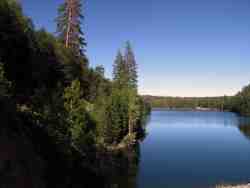
A Good Place To Begin The Joshua M. Hardt Memorial Trail Is At The Dam. This 3.5 Mile Trail Is Good For Foot Traffic And Bicycles... No Motorized stuff
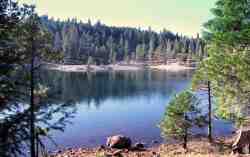
The Manzanita Day Use Area Is A Good Place To Sit And Watch The Wind
Play With The Water!
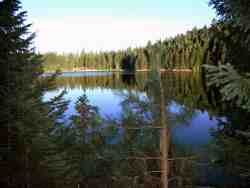
Another View From The Joshua M. Hardt Memorial Trail... Morning and Evening Are The Best Times To Hike This Trail. The Still Reflections Will Capture Your Attention
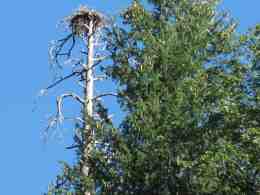
You May Want To Bring A Camera... There Are Large Birds Of Prey High In The Ski






